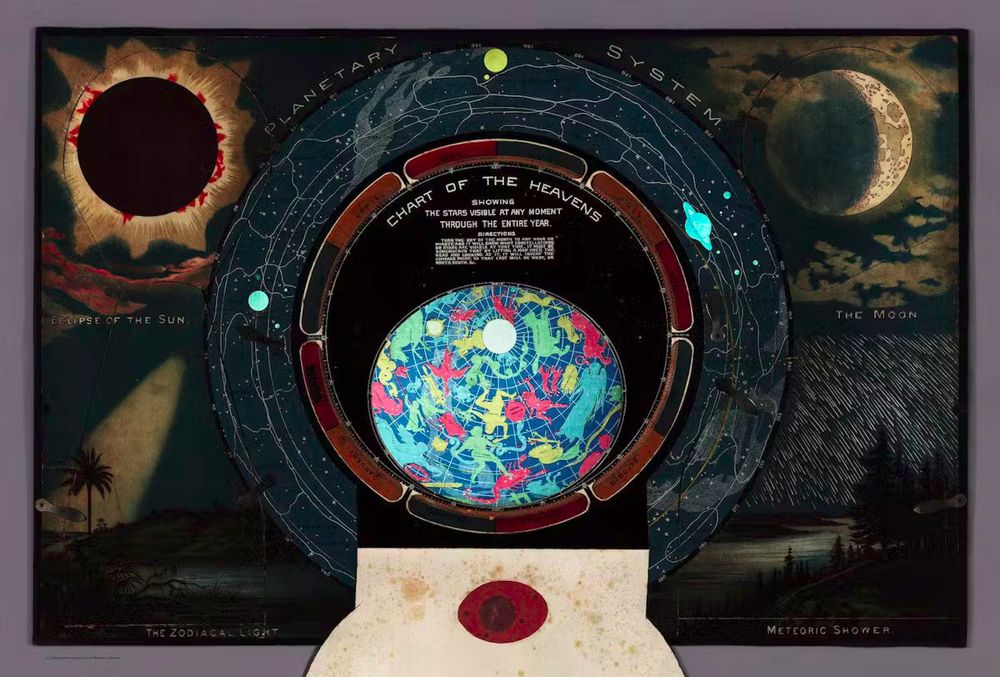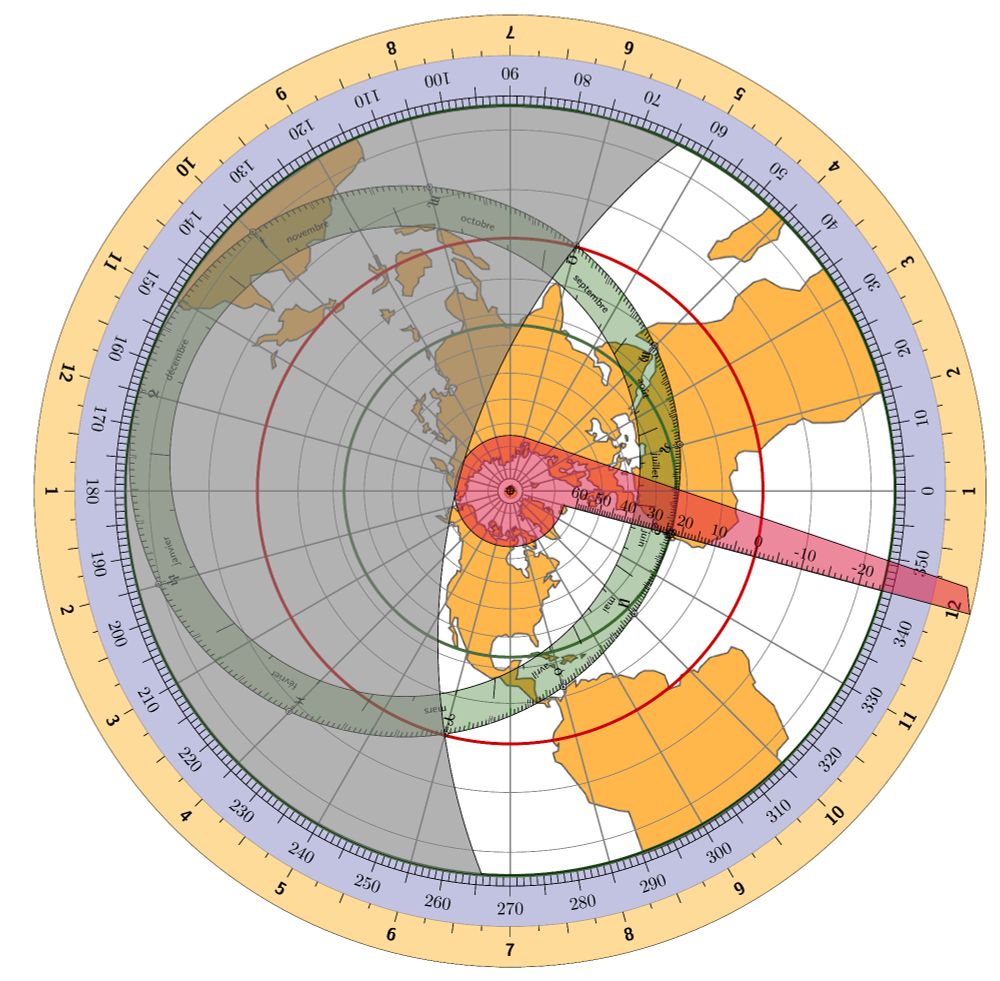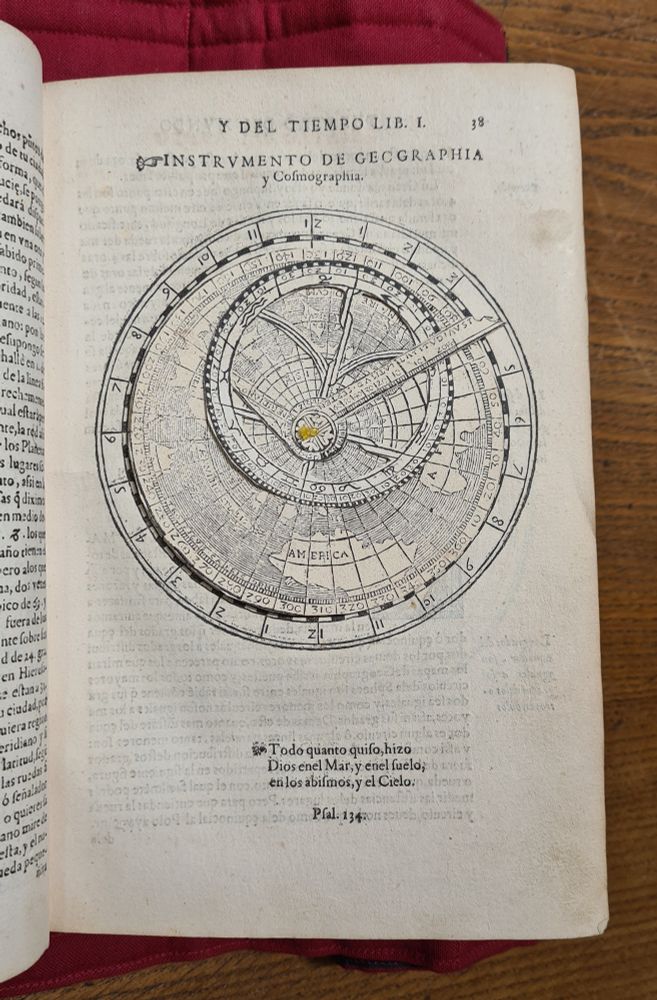routledge.co
A feed about the history of astronomy and astrophysics! Part of the Astronomy feeds network. Astronomers can sign up to post here via @bot.astronomy.blue Contains posts from signed up users with #astrohistory or #historyofastronomy. Posts here are also included in the main Astronomy feed.
Feed on BlueskyFeeds Stats
- 💙 Liked by 68 users
- 📅 Updated about 2 months ago
- ⚙️ Provider feed-all.astronomy.blue
History of Astronomy Likes over time
Feed Preview for History of Astronomy
If you’ve ever wanted to read a history of astronomy 🧪🔭 (mostly 19th-20th C) that has no math yet explains how we arrived at the idea of galaxies and our place in the cosmos: my book is on sale rn at Routledge, with free shipping. Go to Routledge.com, search for Belkora. Or find it in a library!
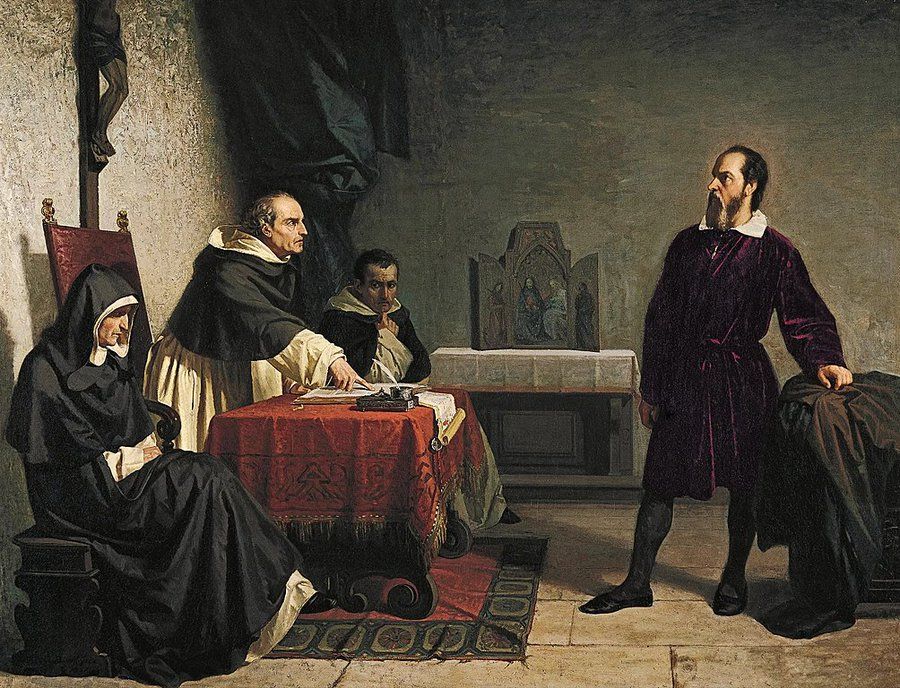
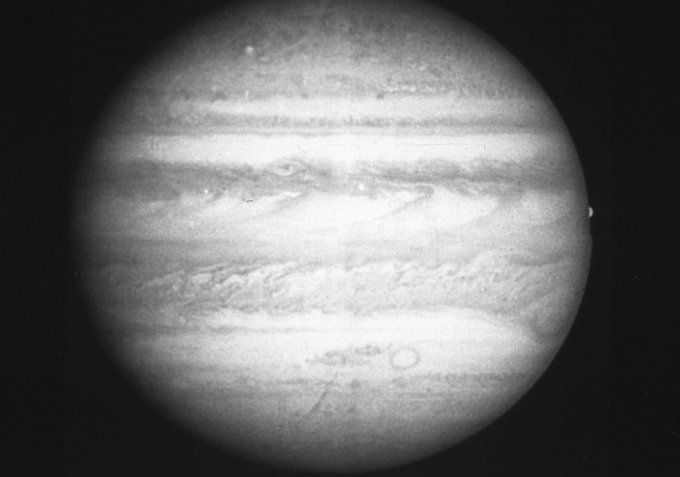
RDV 16h sur @franceculture.fr On parle dans #SciencesChrono du manuel d'astronomie qui a connu le plus gros succès du Moyen Âge à la Renaissance : "Le Traité de la Sphère" de Jean Sacrobosco. Comment expliquer le succès de ce manuel et sa longévité ? www.radiofrance.fr/francecultur...
www.radiofrance.fr
![Excerpt from an earlier part of the John Herschel publication from the previous post:
"(7) Of the objects remaining, 135 are nebulæ and clusters of my Father's catalogues, now, for the first time, reobserved; 9 are Messier's, 5 of which are identical with objects catalogued by Mr. Dunlop; and 206 others have also been identified, with more or less certainty [...], with objects observed by Mr. Dunlop, and described in his Catalogue of Nebulæ. The rest of the 629 objects, comprised in that catalogue, have escaped my observation; and as I am not conscious of any such negligence in the act of sweeping as could give rise to so large a defalcation, but, on the contrary, by entering them on my working lists (at least, until the general inutility of doing so, and loss of valuable time in fruitless search, thereby caused it to become apparent), took the usual precautions to ensure their rediscovery; and as I am, moreover, of opinion that my examination of the southern circumpolar region will be found, on the whole, to have been an effective one, I cannot help concluding that, at least in the majority of those cases, a want of sufficient light or defining power in the instrument* used by Mr. Dunlop, has been the cause of his setting down objects as nebulæ where none really exist. That this is the case, in many instances, I have convinced myself by careful and persevering search over and around the places indicated in his catalogue."](https://cdn.bsky.app/img/feed_thumbnail/plain/did:plc:l4laisfq4io23trb4xhhdhpq/bafkreiewg2gvpzmwznnzqmmdbaib675g2ry2bp4lwb46qeuyluk4wbwwnm@jpeg)
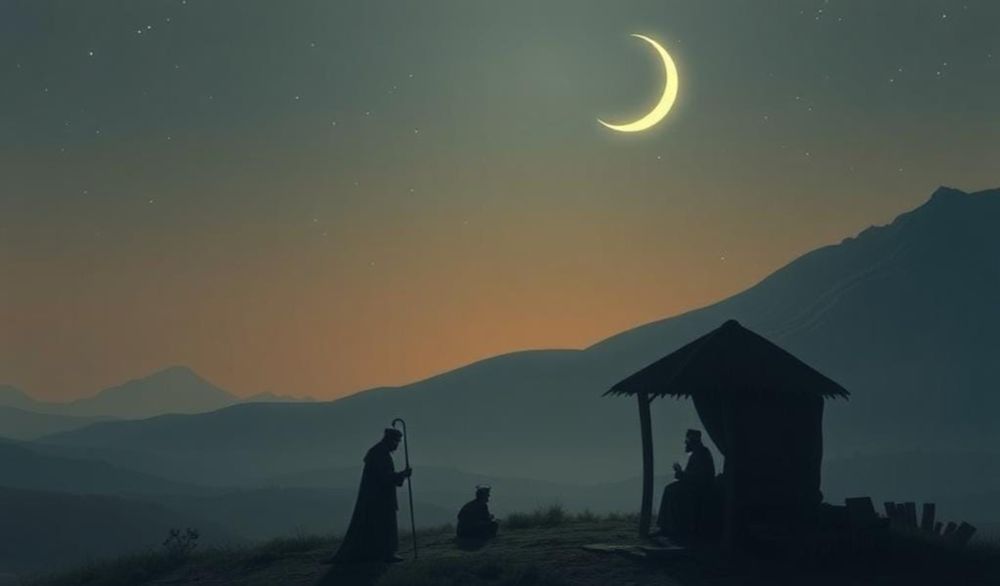
open.substack.com
Babylonia II: The Beginnings of Time
On the origins of calendars and clocks
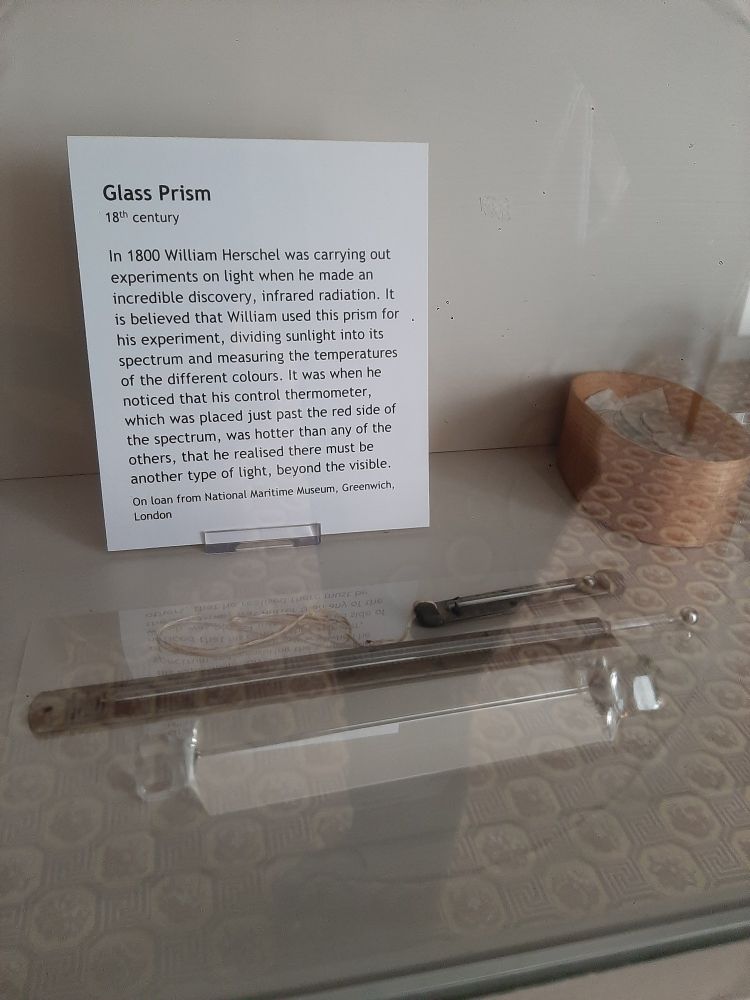
@bathastronomers.org.uk accompanied the @herschelmuseum.bsky.social on Thu 13th Mar to celebrate 244th anniversary of the discovery of Uranus from the garden at 19 New King Street. A sold out night with visitors looking up from that same place to giggle as everyone pronounced Uranus carefully.
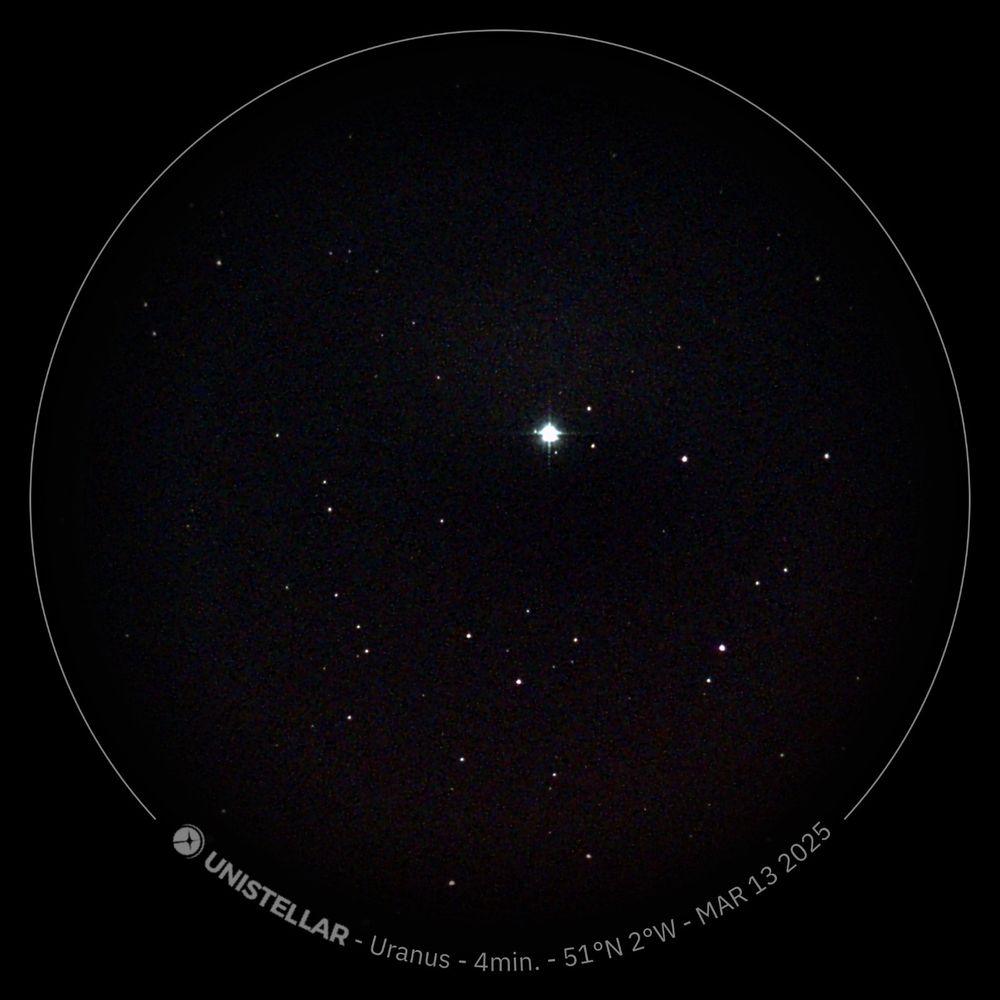
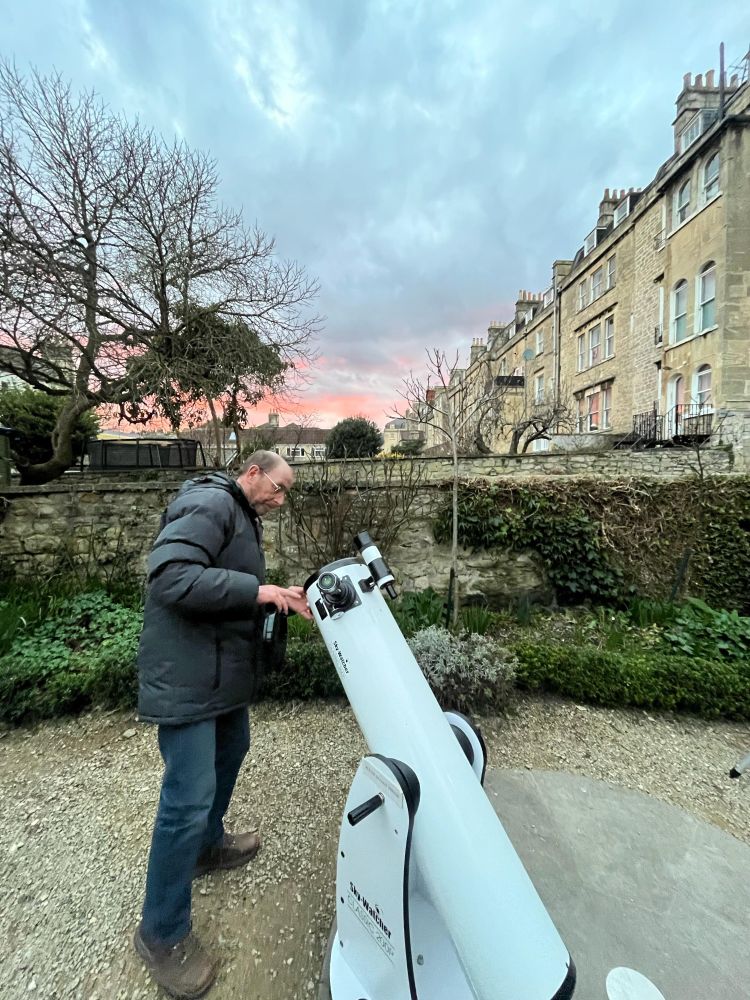
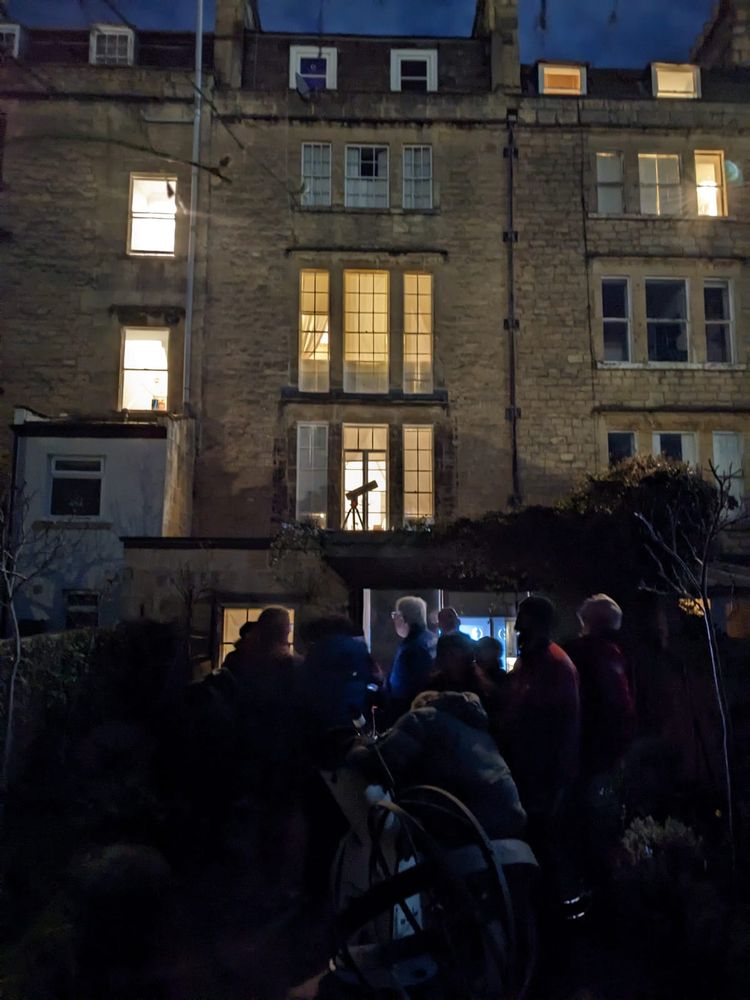
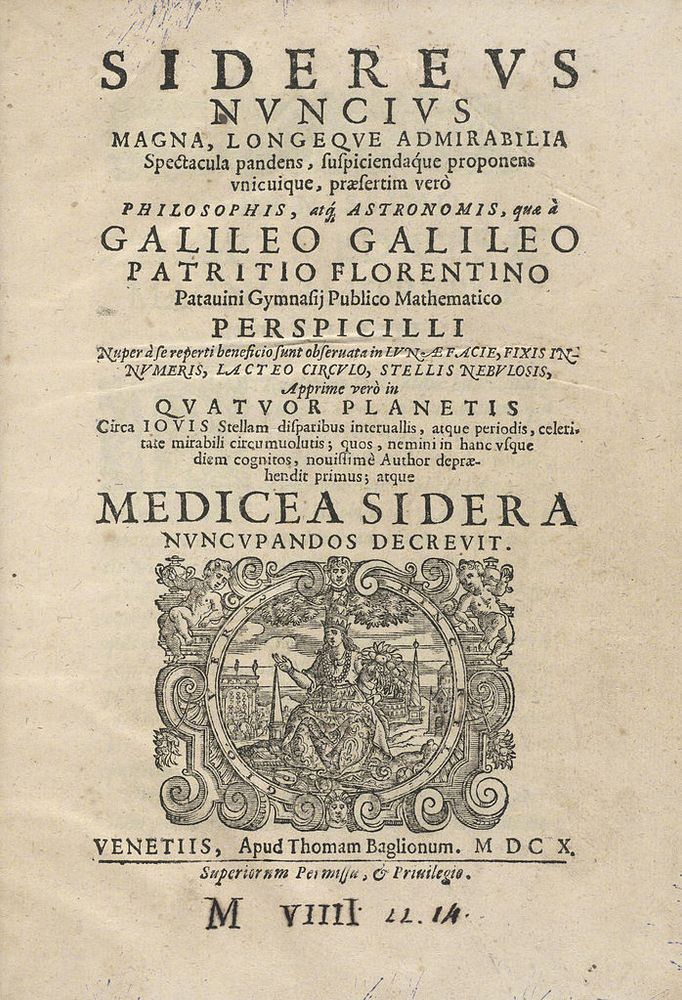
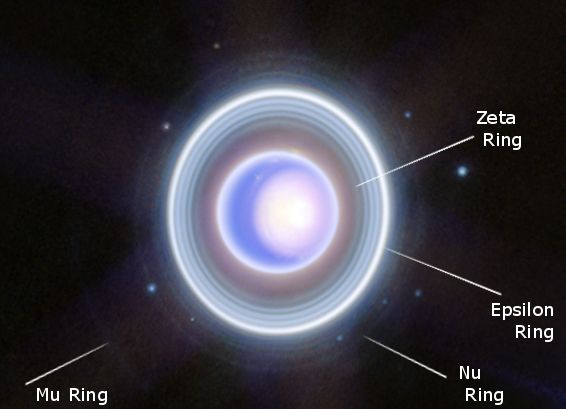
Lights, camera, action! The world's largest digital camera has been installed at NSF–DOE Rubin Observatory! 🤩 The LSST Camera was the final major component of the observatory. With it in place, Rubin officially enters its final phase of testing!🔭 🔗: rubinobservatory.org/news/lsst-camera-installed
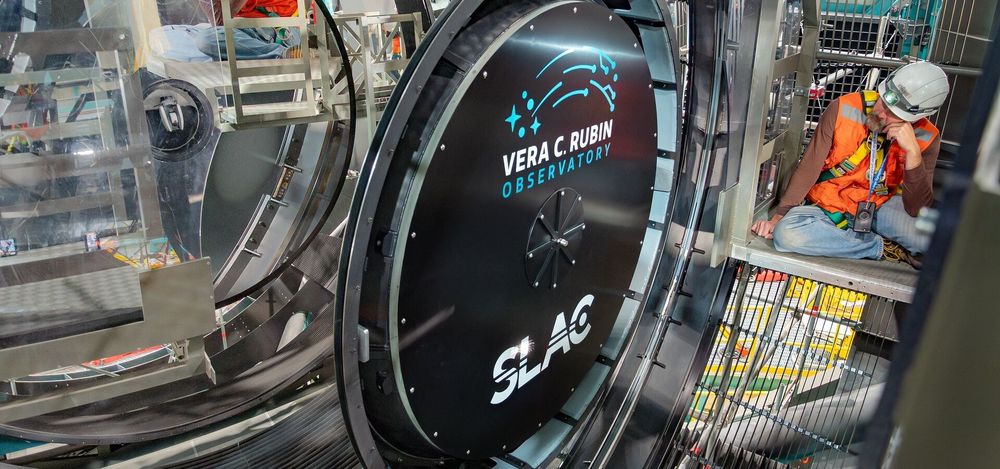
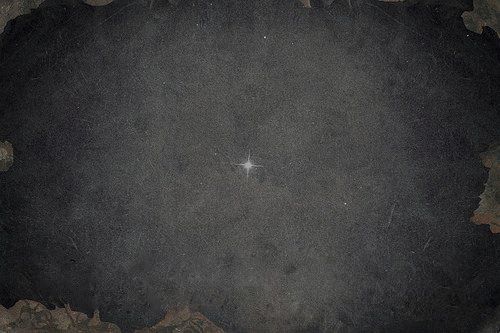
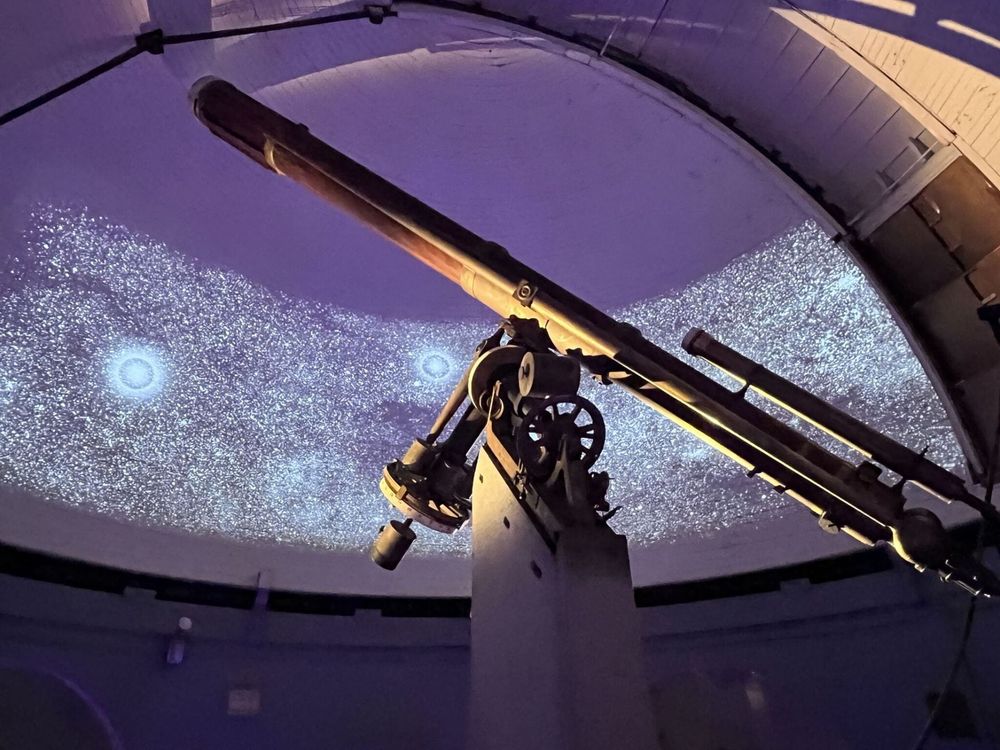

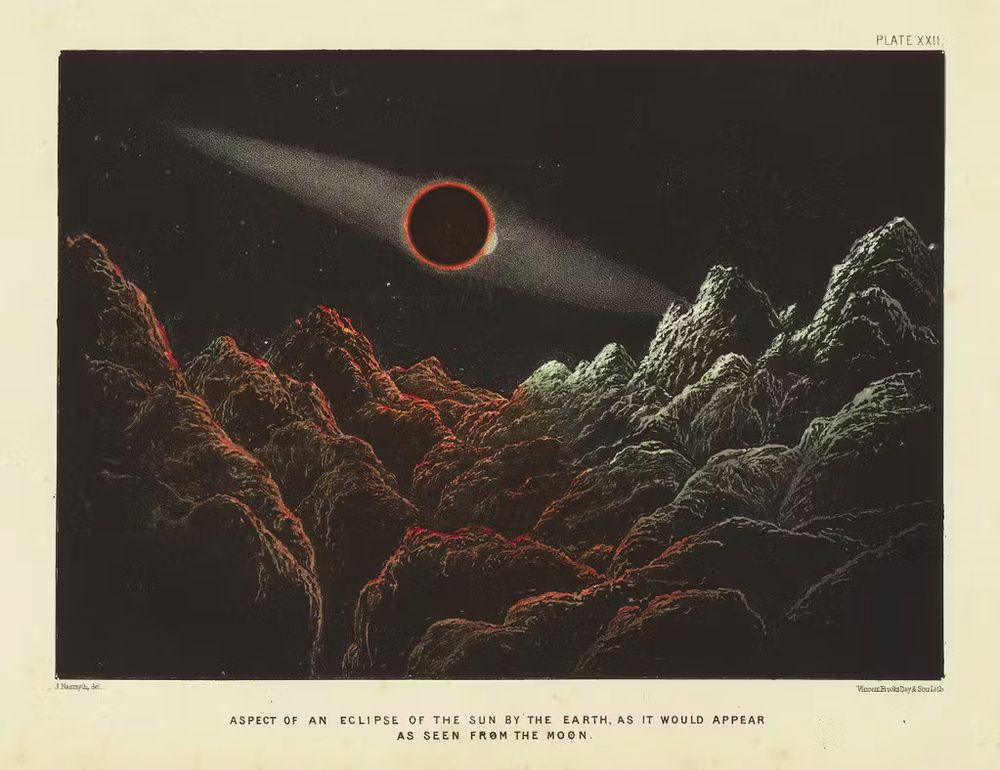
I have no words to express what it meant to me to spend 6+ hours with this beauty yesterday. Being able to hold, handle & analyze it up close has made my historian heart sing for months to come ❤️ So much so, it’s made me consider becoming a curator/conservator. #HistSci #HistTech #EarlyModern 🏛️ 🗃️
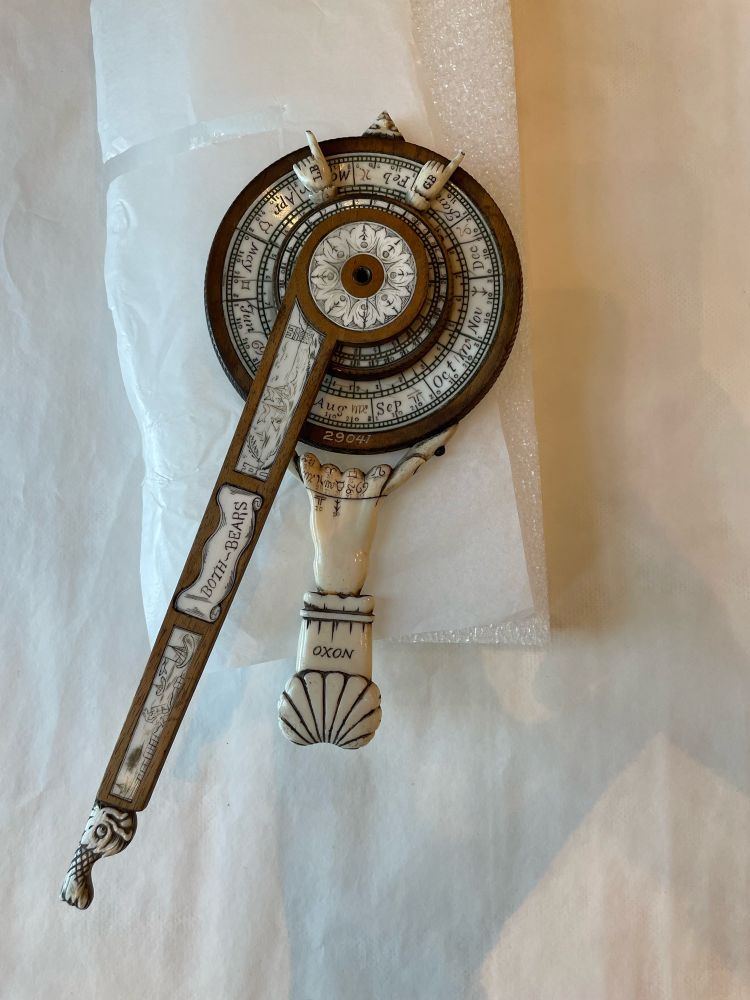
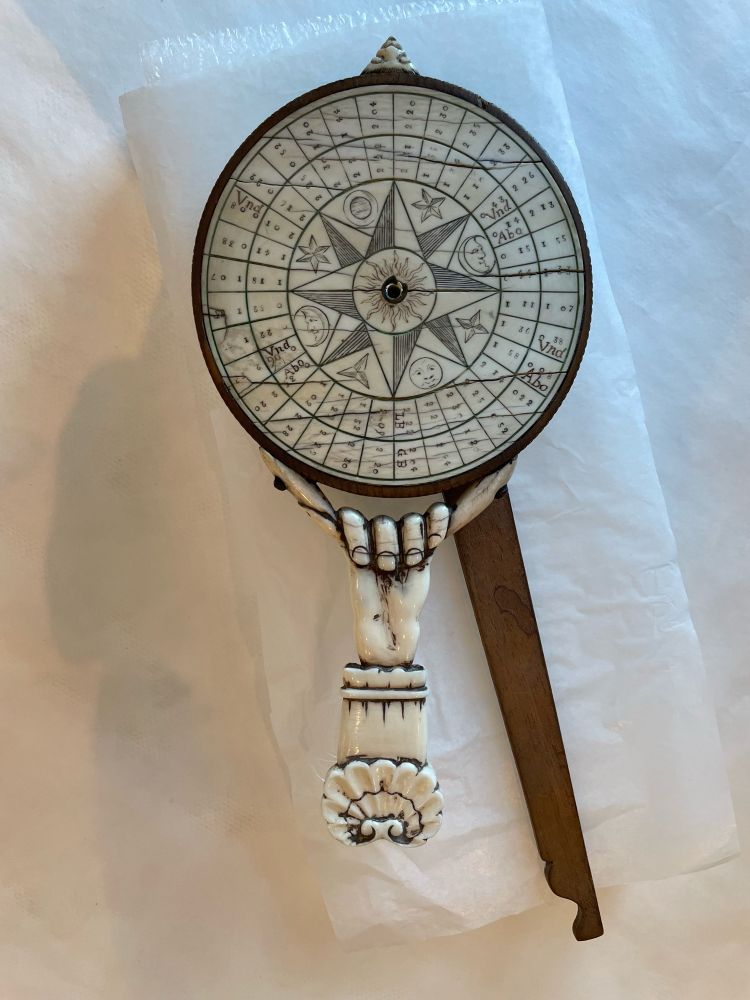
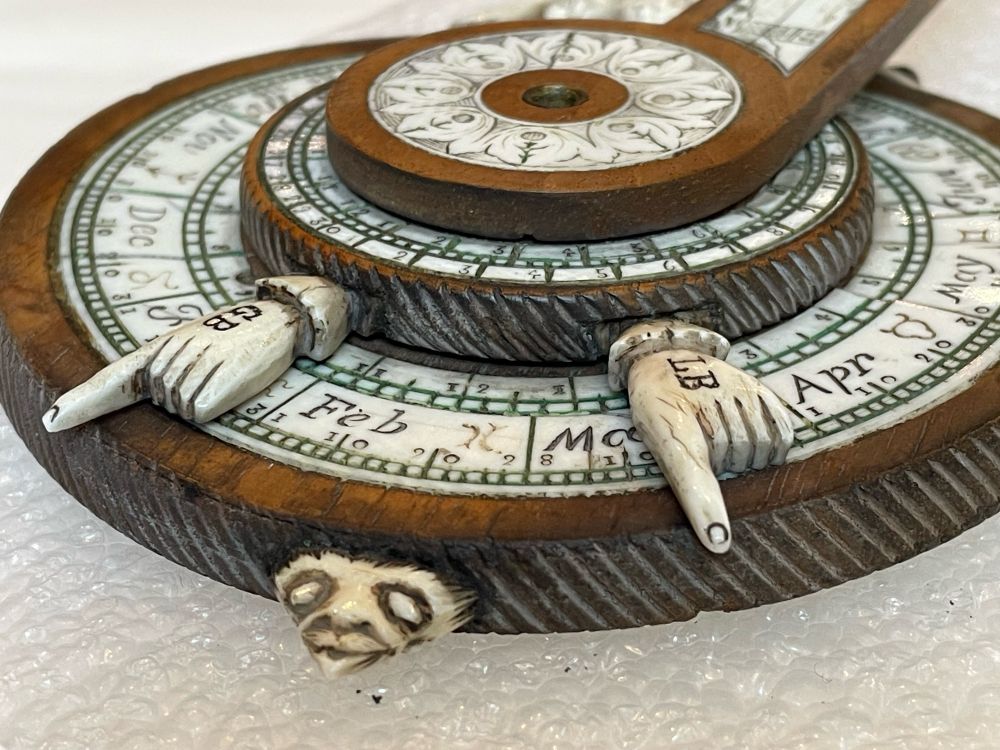
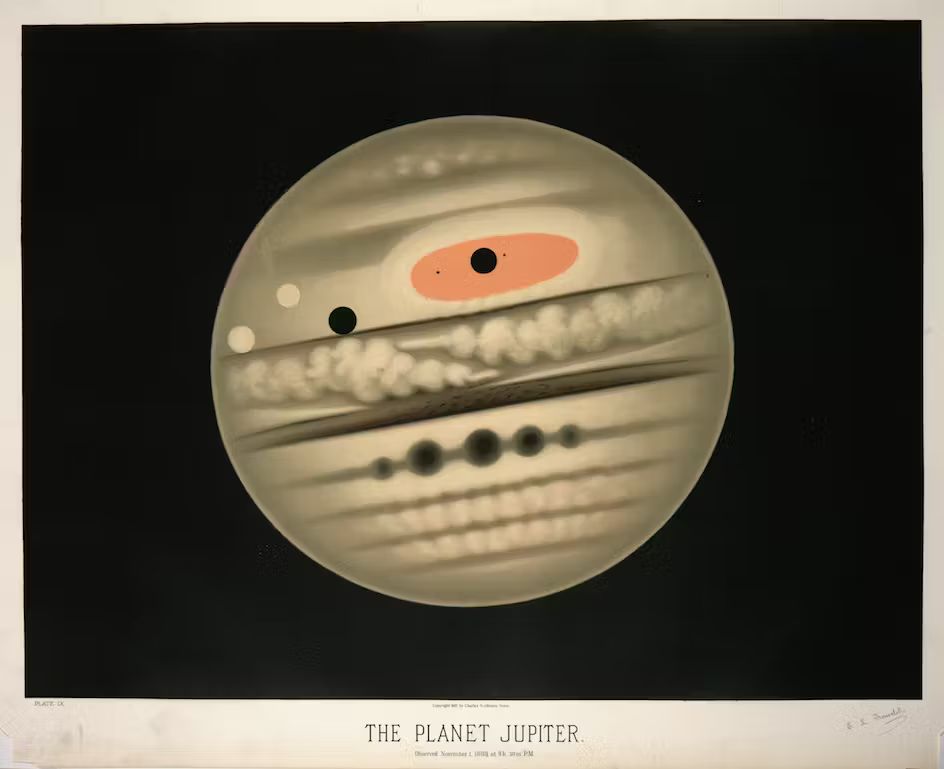
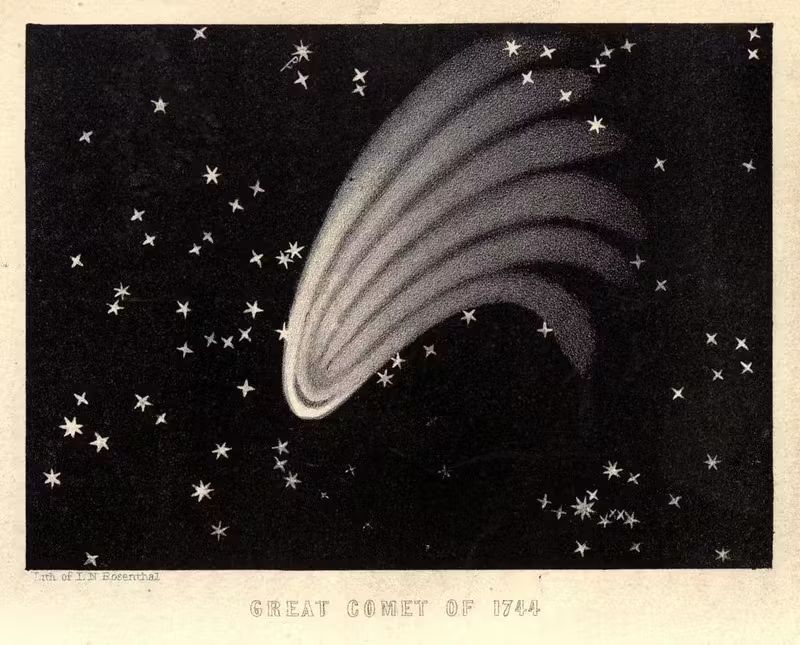
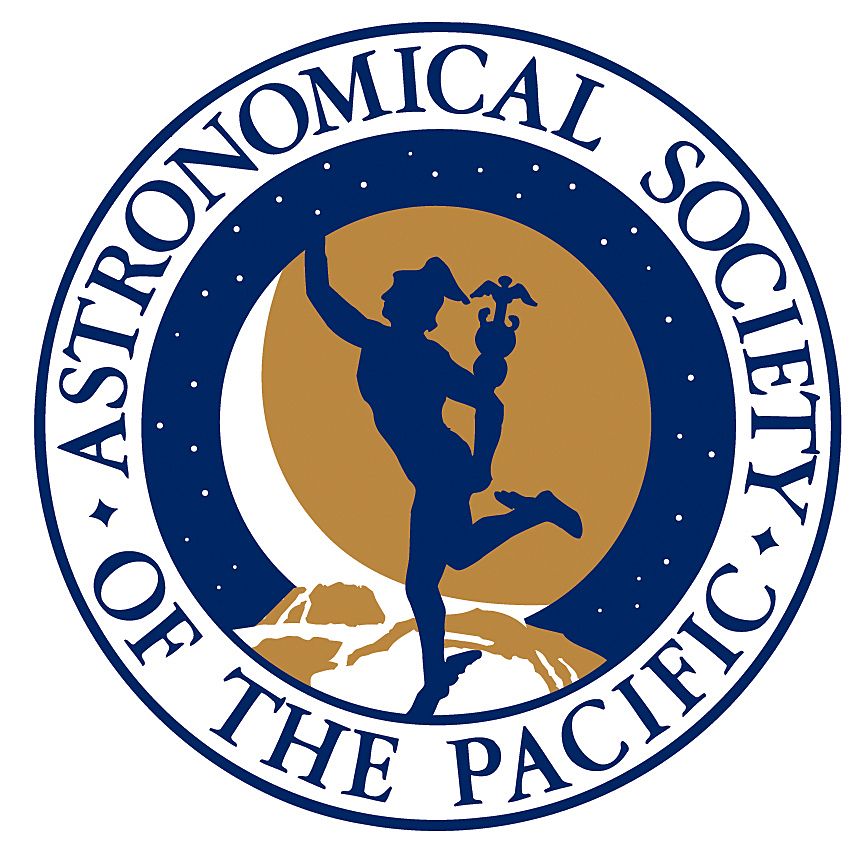
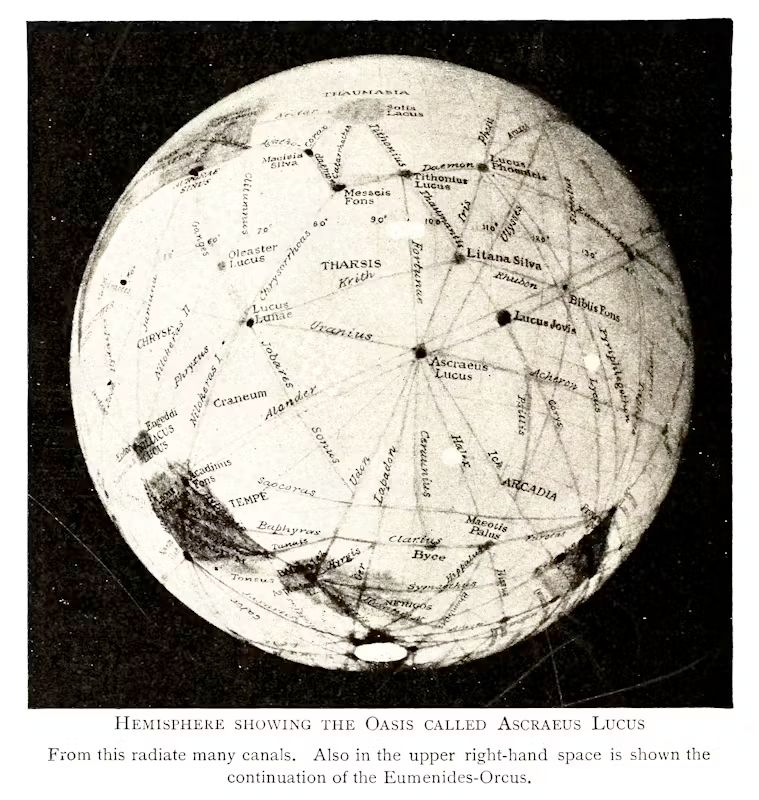
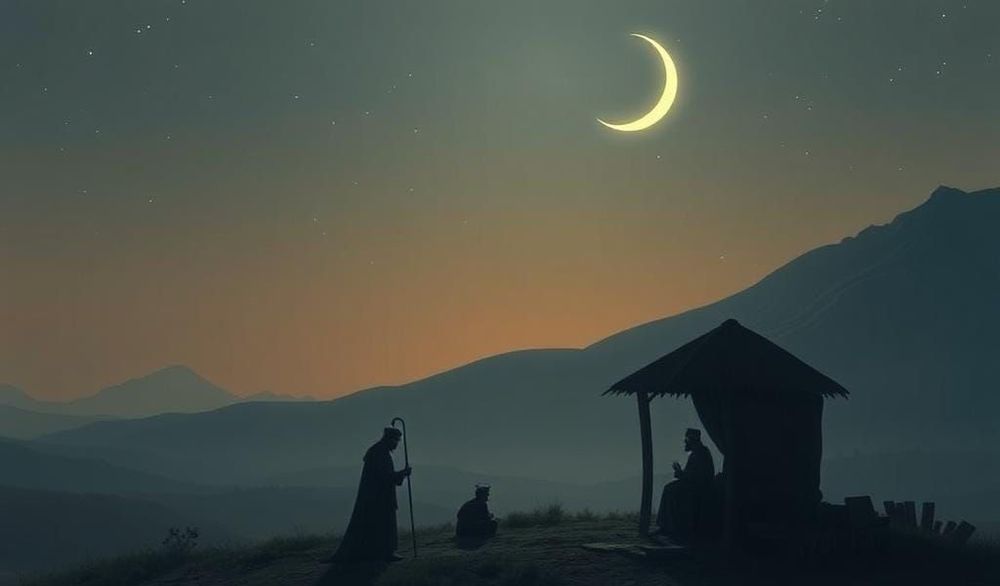
buff.ly
Babylonia II: The Beginnings of Time
On the origins of calendars and clocks
